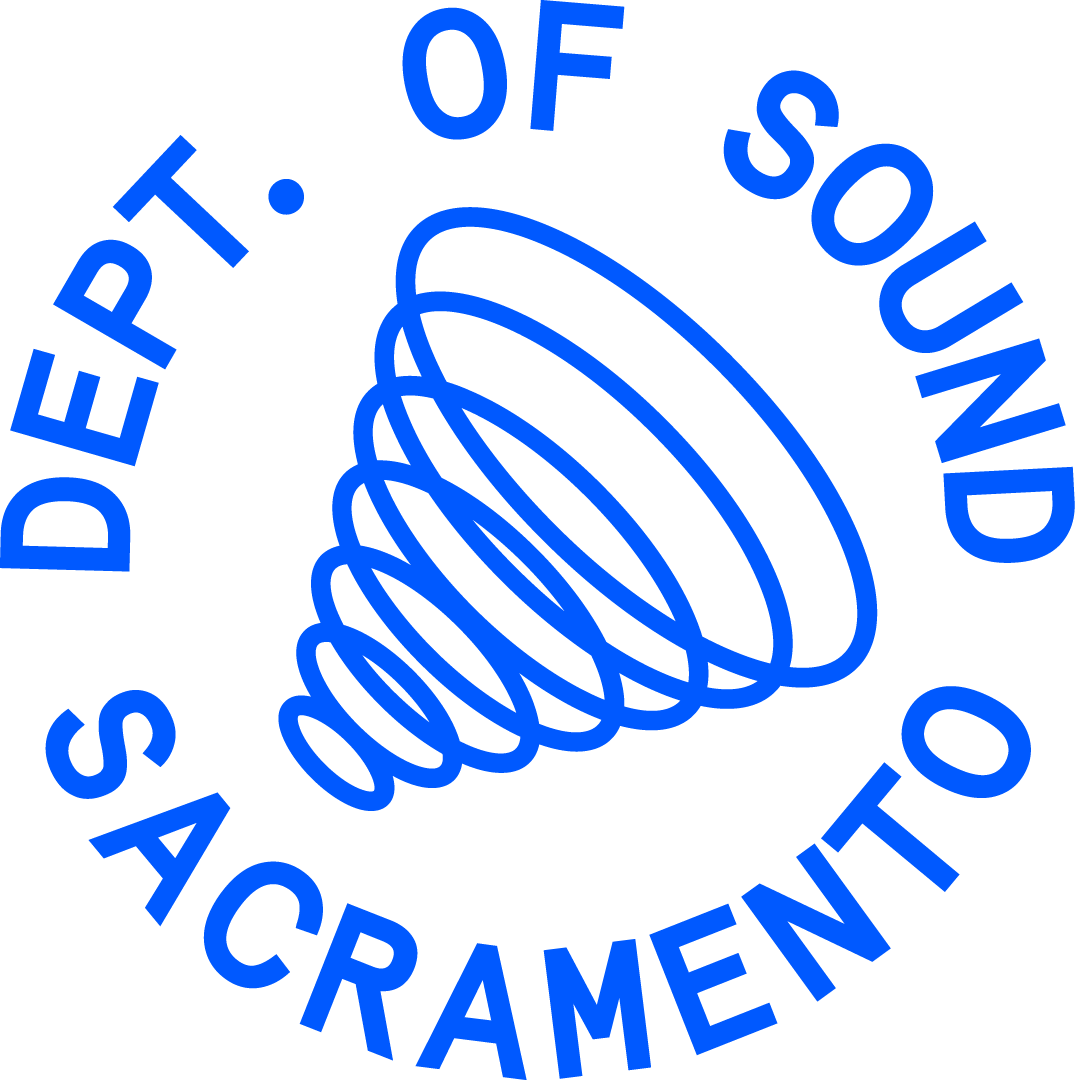Audio Effects Glossary
AUTOMATION / COMPRESSION / DELAY / DISTORTION / EQUALIZER / PANNING / REVERB / REVERSE
Automation controls the prominence or ‘wetness’ of an effect in the mix over time. Most effects allow you to change the level when the track isn’t playing, but Automation allows you to
Using Automation, you can control things like, fade in and out, panning left and right, and how much reverb is on a certain track.
Compression serves to regulate the volume of a given track. A single track with unintended varying degrees of volume can become all the more cohesive as the compressor makes things more uniform. The low volume sections become higher, the higher, lower.
Delay is an audio effect closely related to Reverb in that the initial sound is played back at specific intervals after the original sound. Delay is often used not only to give the sense of space, but also as a way of creating the rhythm of a song. Delay can also be manipulated to be very fast repeats of the original sound, or spaced out. Additionally, volumes, fades, and panning left to right, can also be used to make the delay you use unique to your song.
Distortion (technically) refers to “audio garble that can be heard when an audio waveform has been altered, usually by the overload of an audio device like an amplifier.” Most often, we hear distortion used in electric guitars, mainly rock. However, you can also hear distortion used on drums, bass, and even some electric keyboards.
Equalizing is the ‘sculpting’ of your sound based on the different frequencies it comprises. You can use it to decrease or increase the prominence of low, middle, or higher frequencies. Equalizing is a crucial part of final mix-downs but is often a highly valuable tool even with individual stems.
Panning is an audio effect that allows you to control where your instruments are coming from. You can control different parts of your song (drums, keys, guitar, etc) and pan them left, so they play from the left speaker, pan right so it goes to the right speaker, or anywhere in between. This effect can also be used to move sounds from one ear to the other in real-time, creating a ‘space’ for your song to live in.
Short for reverberation. Reverb simulates, or in some cases uses, the effect of sound reflecting off surfaces, creating a series of small echoes from your initial signal source. Imagine sounds coming from a classroom with the door open, or perhaps a cave. There is a variety of different types of reverb to emulate different environments or even old reverb techniques like metal plates.
Reverse is exactly what the effect name implies. It means flipping the audio file in a track to be played in the exact opposite way as it was originally meant to. On the surface, it may seem like a simple effect, but bear in mind reversing a signal means it begins with the decay and crescendos into the attack, creating a surreal effect not often heard in the natural world.
